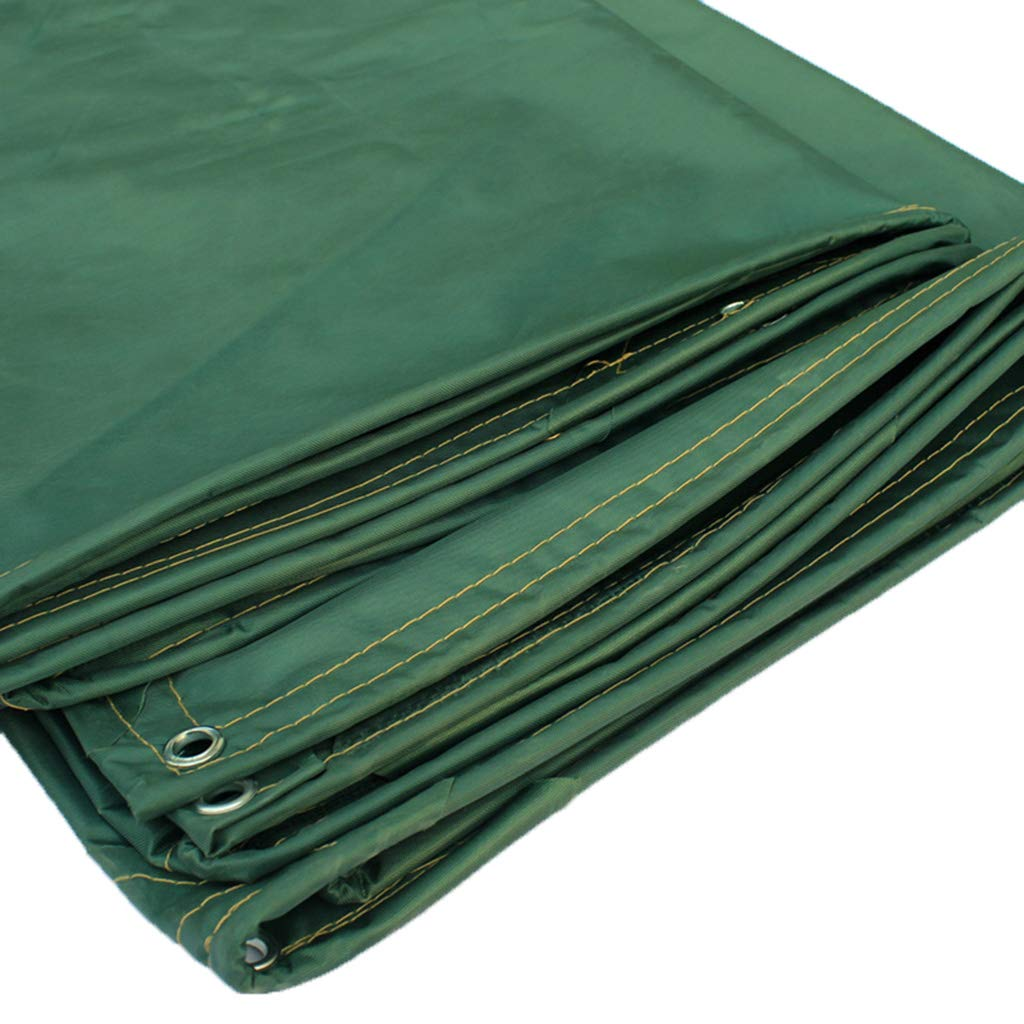In outdoor environments where protection against moisture and temperature fluctuations is critical, insulated waterproof tarps have become indispensable. Whether for industrial applications, agricultural storage, camping, or transport, these tarps provide a reliable shield against harsh weather conditions while maintaining optimal thermal insulation. This article explores the structure, benefits, and applications of insulated waterproof tarps, helping you choose the best outdoor insulated tarp for your specific needs.
What Are Insulated Waterproof Tarps?
An insulated waterproof tarp is a specialized covering designed to provide both moisture resistance and temperature regulation. Unlike standard plastic or polyethylene tarps, these are made using multi-layer composite materials. Typically, they feature a waterproof outer shell and an inner layer of thermal insulation—often made from foam, fiberglass, or reflective aluminum film. This structure prevents heat loss in cold conditions and shields against heat absorption in high temperatures.
The result is a durable and versatile insulated waterproof tarp that performs exceptionally well in both hot and cold weather. They’re engineered to withstand prolonged exposure to sunlight, rain, and snow without degrading or losing their insulating properties.
Key Features and Advantages
1. Superior Weather Resistance
The most defining feature of insulated waterproof tarps is their ability to resist extreme weather. They are 100% waterproof, ensuring that equipment, supplies, or goods remain dry even during heavy rainfall. The insulation layer prevents condensation buildup, reducing the risk of mold or corrosion in covered items.
2. Thermal Protection
Temperature control is another significant advantage. An outdoor insulated tarp helps maintain internal temperatures, making it ideal for protecting temperature-sensitive materials such as food, chemicals, and electronics. During winter, it prevents freezing, while in summer, it helps reduce overheating.
3. Durability and Longevity
High-quality insulated waterproof tarps are designed for long-term use. The materials are resistant to tearing, UV damage, and abrasion, ensuring reliable performance even in demanding environments. Many also feature reinforced edges and grommets for secure tie-downs, making them suitable for both stationary and mobile applications.
4. Versatility
From outdoor construction sites to agricultural storage, insulated tarps have a wide range of applications. They can be used to cover machinery, trucks, camping gear, or even temporary shelters. Their adaptability makes them a practical investment for both commercial and personal use.
Common Applications
1. Transportation and Logistics
An insulated waterproof tarp is often used to protect cargo that is sensitive to temperature and moisture. During transportation, these tarps maintain stable internal conditions, ensuring goods such as produce, chemicals, or electronics arrive in perfect condition.
2. Agriculture and Storage
Farmers frequently use outdoor insulated tarps to cover hay bales, feed, or crops. These tarps not only prevent water penetration but also stabilize temperature fluctuations that could otherwise damage stored materials.
3. Construction and Industrial Use
In construction, insulated waterproof tarps serve multiple purposes—from covering concrete during curing to shielding tools and materials from rain and frost. Industrial users also employ them to wrap machinery or equipment that needs thermal and moisture protection.
4. Camping and Outdoor Recreation
For outdoor enthusiasts, an insulated waterproof tarp can be a game-changer. It can serve as a tent cover, groundsheet, or temporary shelter, providing protection from both rain and cold weather. Its lightweight and portable design make it a must-have for campers, hikers, and survivalists.
Choosing the Right Insulated Waterproof Tarp
When selecting an insulated waterproof tarp, consider the following factors:
- Material Quality: Look for multi-layer tarps made from high-density polyethylene (HDPE) or PVC with a reinforced insulation core.
- Thickness and Weight: Heavier tarps generally offer better insulation and durability but may be harder to handle.
- Temperature Range: Choose a tarp designed for your specific climate—some are optimized for extreme cold, others for high-heat environments.
- Size and Customization: Ensure the tarp fits your intended use area. Many suppliers offer custom sizing and reinforcement options.
By considering these elements, you can ensure your outdoor insulated tarp delivers long-lasting, reliable protection.
Conclusion
In an era where outdoor storage and transportation demand efficiency and reliability, insulated waterproof tarps stand out as essential tools. Their combination of waterproofing, thermal control, and rugged durability makes them suitable for nearly every industry—from agriculture and logistics to recreation and construction.
Whether you’re shielding sensitive cargo, protecting agricultural products, or setting up a campsite, an insulated waterproof tarp provides the ultimate protection against the elements. Investing in a high-quality outdoor insulated tarp ensures peace of mind, knowing your materials and equipment are safe—rain or shine, hot or cold.
